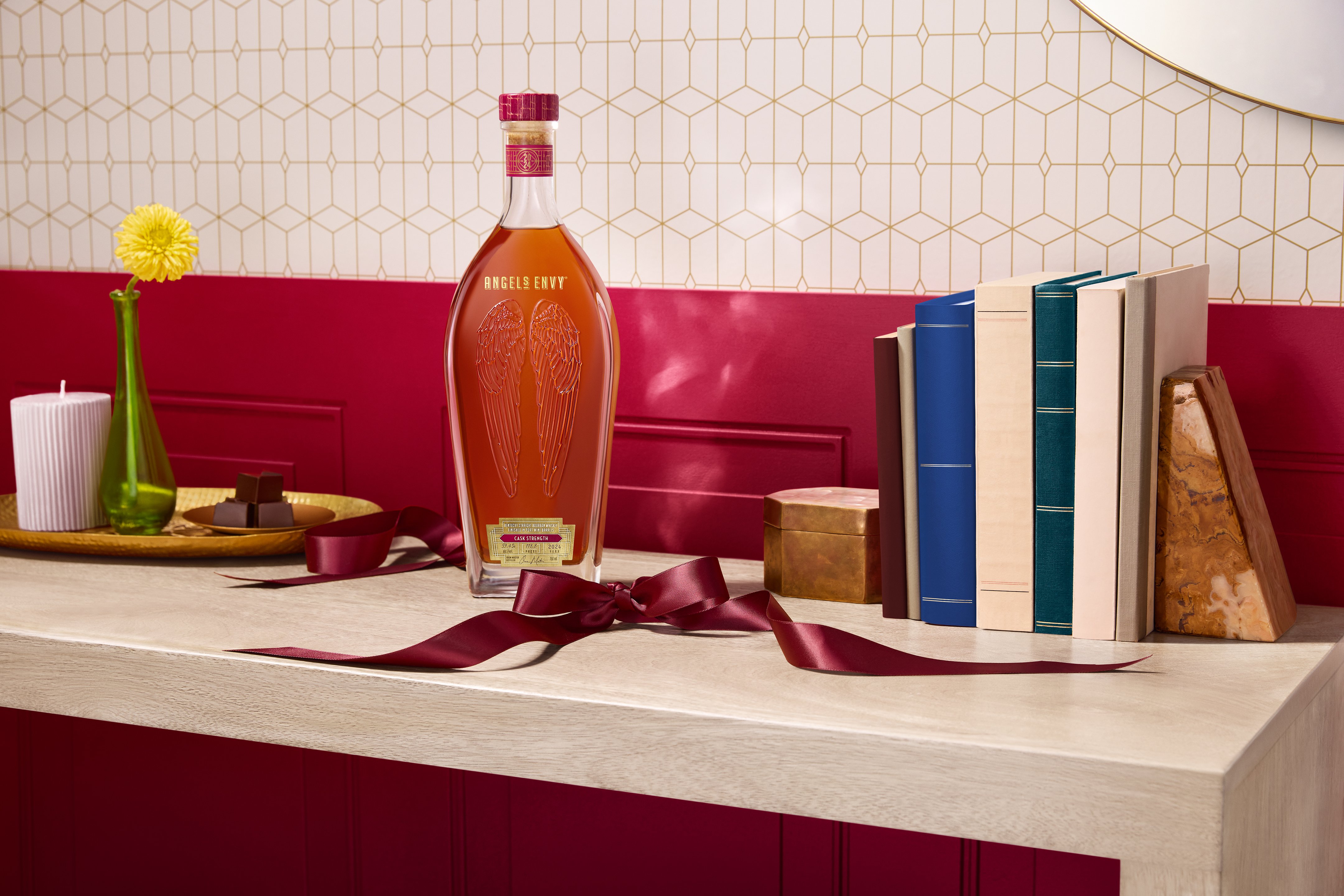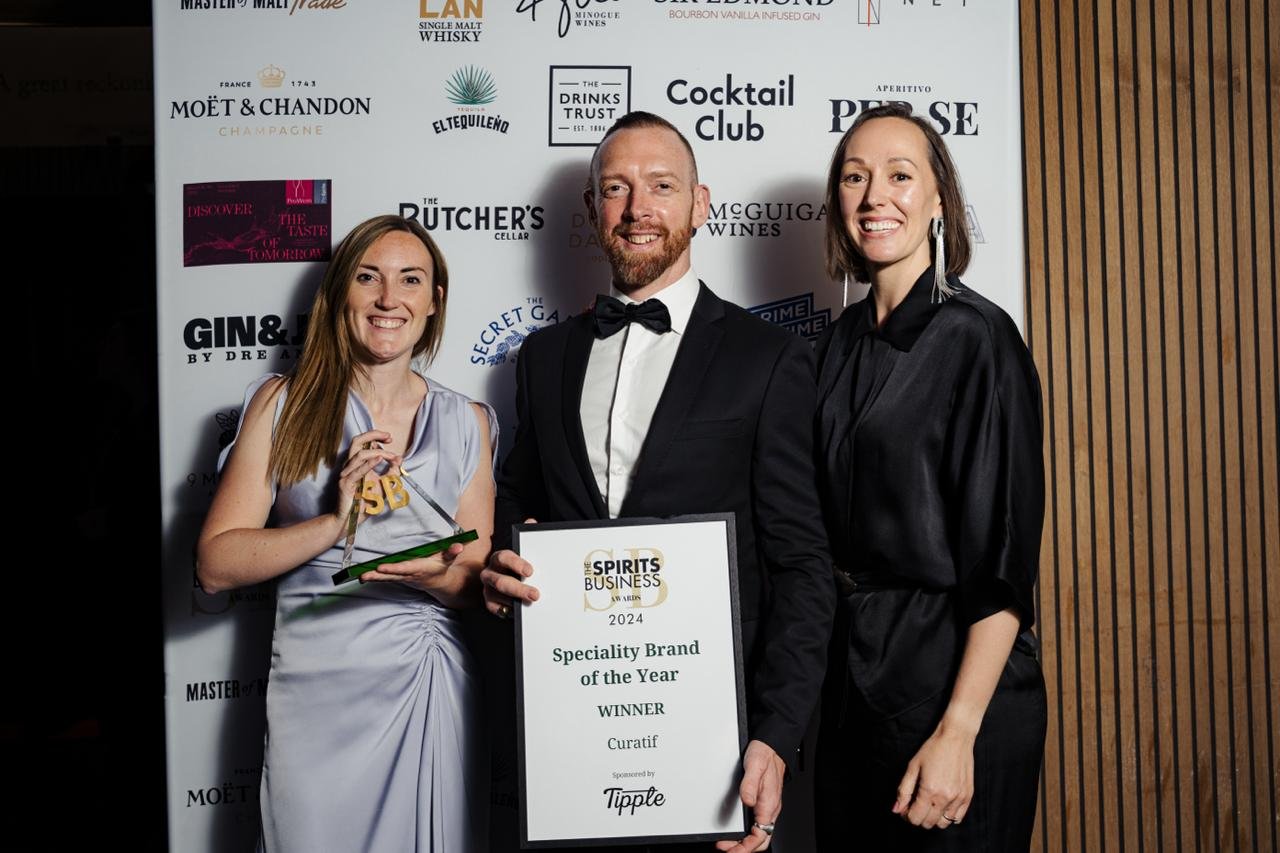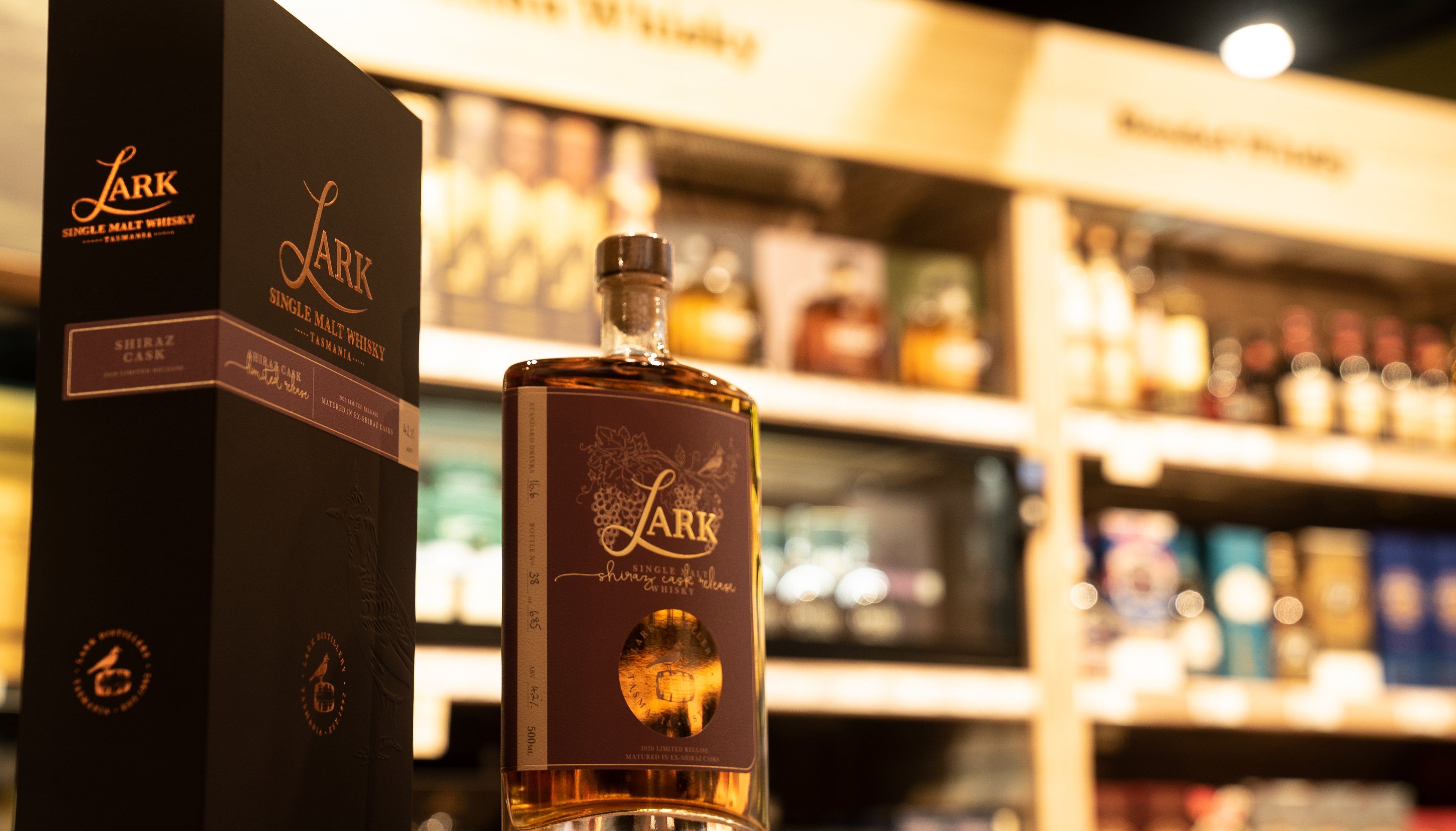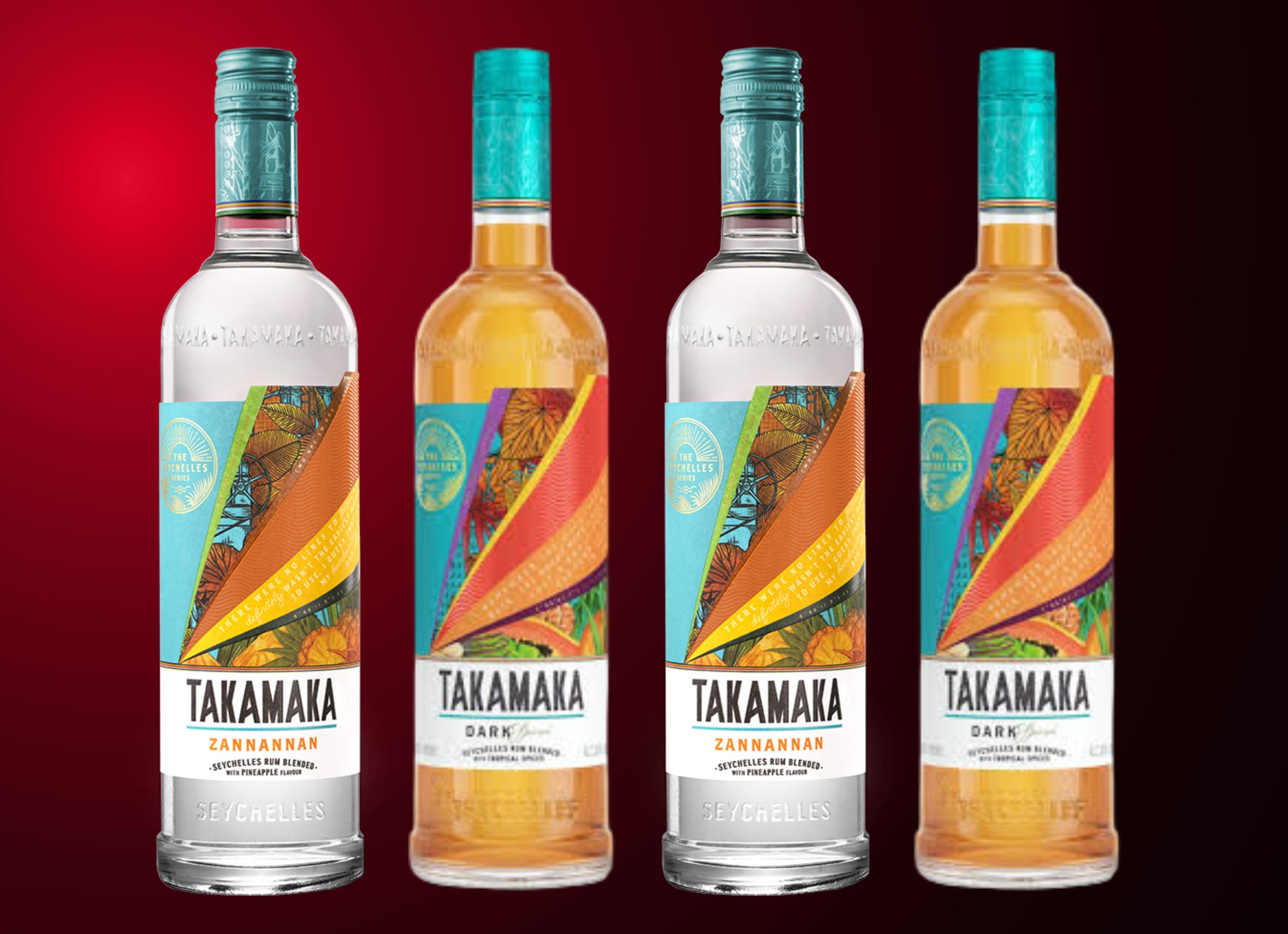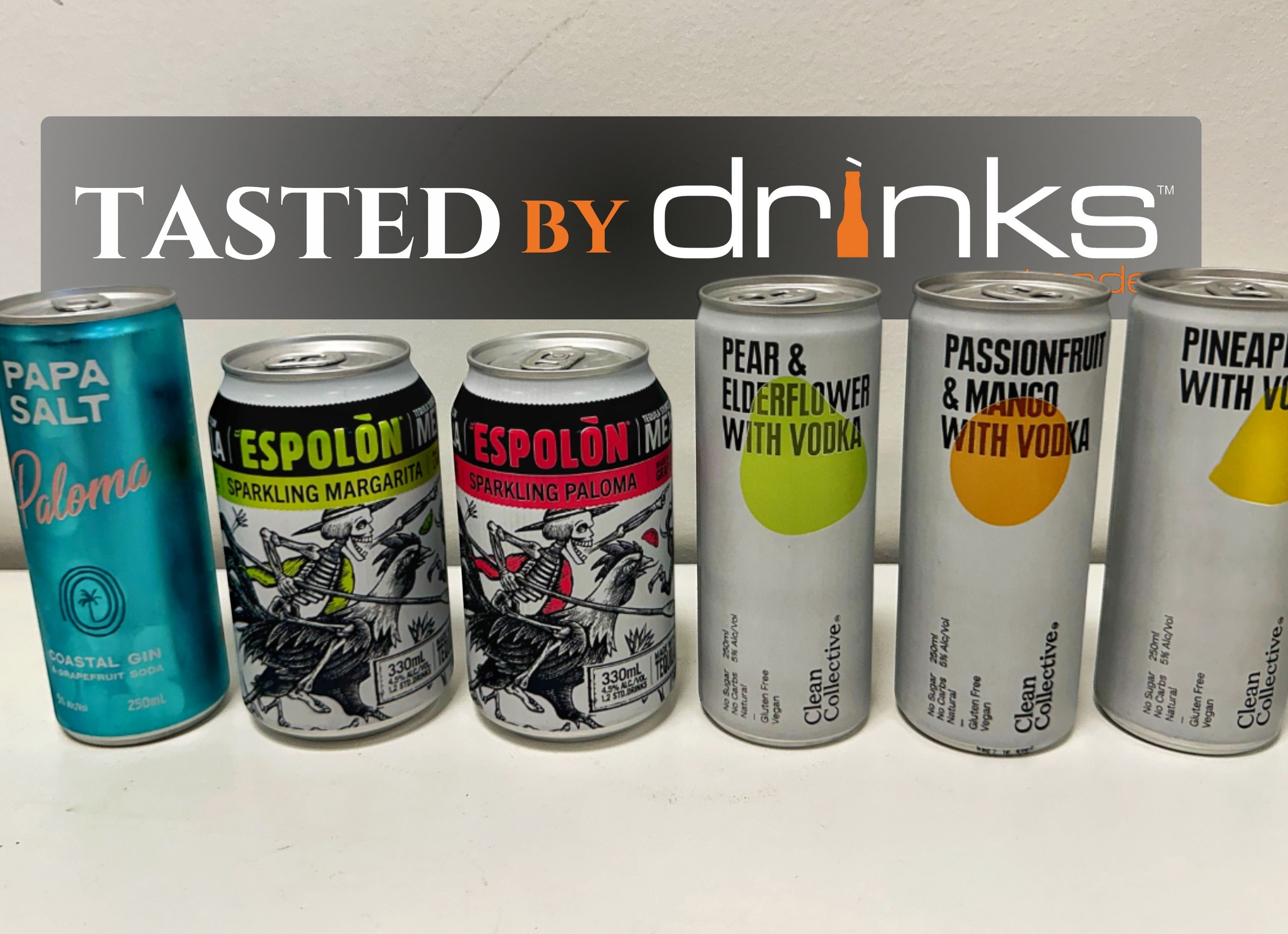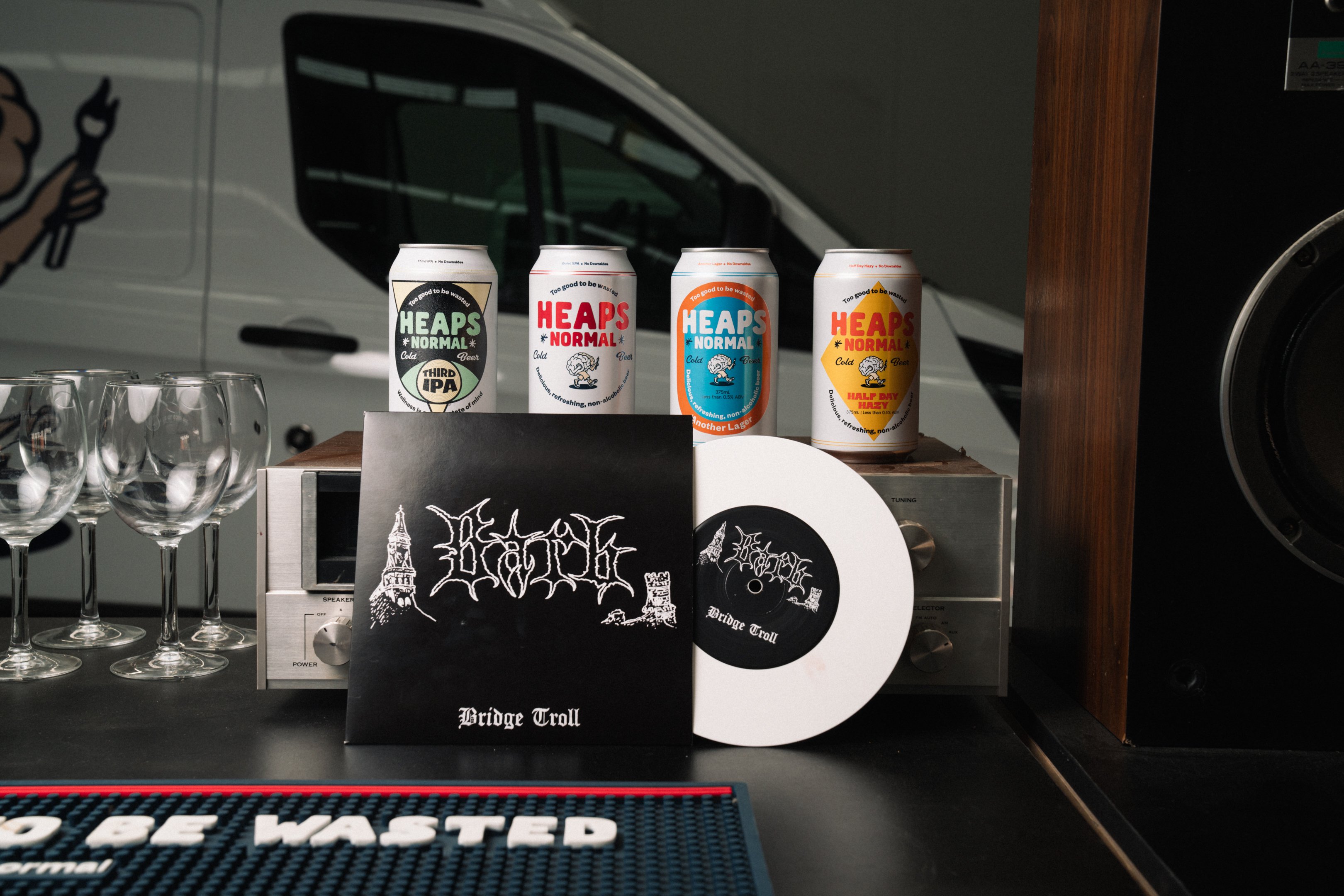What is behind the appeal of Japanese spirits?
From my perspective there are two aspects to this. First, Australians are curious about different cultures, particularly Japan’s. I believe Japan was the fifth most popular destination for Australian travellers before Covid in 2019.
We have a curiosity when it comes to Japan. From a cultural perspective, Japan is interesting, different and cool. Just look at the popularity of brands such as Uniqlo and Muji, etc. Japanese products are a hit among Australians.
The second is the quality and taste of Japanese drinks, particularly in the RTD and alcohol space. If I speak specifically about shochu: it’s versatile and refreshing.
ChuHai, which is a shochu highball invented in the 90s in Japan, is a drink that people in Japan now come back to every night of the week.
Tell us about the Japanese portfolio at Beam Suntory.
Beam Suntory is grown out of many different founders and distillers, and as a company principal, we are proud of the founders' legacies. It is our job to honour and their legacies where they have paved the way.
Unlike other companies, we have a fantastic portfolio because it combines the western brands from Beam with the Japanese brands from Suntory.
At Beam Suntory, I feel we owe Australian consumers unique products and brands from the world, including Japan, for Australian consumers to enjoy.
Minus 196 in particular, which is Strong Zero in Japan, broke the Guinness World Record for the world's number one RTD brand in 2020. That cannot happen overnight or be a coincidence. It is loved by many because of its fantastic taste and ultra-refreshment.
As a spirits company, we feel we have the knowledge and experience to bring a Japanese product to life in a way the that will resonate with the Australian consumer. We have a track record of doing that, particularly with whisky and recently with lighter spirits such as gin with Roku and vodka with Haku. We believe we can do that with RTD also.
How should the retailer categorise and merchandise shochu full bottle?
Firstly, we want to partner with as many customers as possible and provide all the support we can. From my perspective, visibility above and beyond is critical, whether that is stock weight or POS materials or both, so shoppers have a chance to notice the product.
In terms of category, it is probably better to merchandise it closer to vodka than typical Asian spirits such as sake and baiju because the traffic is not quite there with Asian spirits yet. It is a new-age Japanese spirit with a more complex and sophisticated taste than vodka, and more subtle and less botanical than gin. It makes sense to sit shochu around there.
Visibility around the product’s low sugar and low-calorie attributes should also help as this is on-trend for consumers.
Can you elaborate further on the health and wellness attributes of shochu?
I think Australians are genuinely interested in health and wellbeing. I would caution that by saying alcohol by nature means we have to be careful with its impact on health. With Minus 196, we understand and recognise consumer needs. To understand the product’s attributes is to understand the adverse effects of consuming too much sugar and, therefore, calories.
Minus 196 only contains 0.3 grams of sugar and 122 calories. Considering it is a relatively higher 6 per cent ABV, it is very low relative to other RTD brands. A lot of seltzer brands are talking to those consumer needs as well.
Different consumer cohorts are attracted to different types of drinks, but I think with the healthy Australian mindset, it is important we communicate in a way the consumer can recognise these attributes. We have these claims on the can showing the full nutritional panel, which offers full transparency.
The lemon flavour for Minus 196 comes from whole lemons using propriety Freeze-Crushed-Infusion technology. It is important we add the whole fruit from a taste and natural perspective. Based on our research, natural flavour is really important to the Australian consumer.
Is that what is behind its huge success, the health aspect and the low sugar?
I believe the success in Japan comes down to the drink quality, how refreshing it is and how lemony it is, more so than the health attributes. I like to say if you bake a cake with lemon essence instead of real lemon zest and juice, there is a difference in quality, and that's what we can talk about.
Why is it called Strong Zero in Japan and Minus 196 in Australia?
Strong Zero means ‘Zero’ for the low sugar, and ‘Strong’ referring to the abv in Japan. We were looking for the best name for the Australian market, so we went back to the roots of Strong Zero.
In Japan, you can call a product ‘Zero’ if it has less than O.5 grams of sugar, but in Australia, it needs to be 0.0 grams to say ‘Zero’, which is why we can't call it Strong Zero here. It has whole lemons in it, even lemons have sugar, so there is no denying there is sugar in it; we want it to be as low as possible.
It was launched in 2005 in Japan and called Minus 196 Degrees. Japan started with Minus 196, and we wanted to start it as Minus 196 because our job is not to reinvent but to bring Strong Zero as authentically as possible within the legislation.
It's described as having a cult following – do you see evidence of this in Australia as well?
Before the launch period, we knew Australians who visited and lived in Japan, young and old and experienced Strong Zero built a love for it. There is brand awareness already in Australia. When we launched Minus 196, we saw a fantastic amount of consumer response, tagging and excitement. Consumers connected Minus 196 to Strong Zero and showed how excited they were and happy that the product is now available in Australia.
This content has been produced in partnership with Beam Suntory Australia.
Share the content


